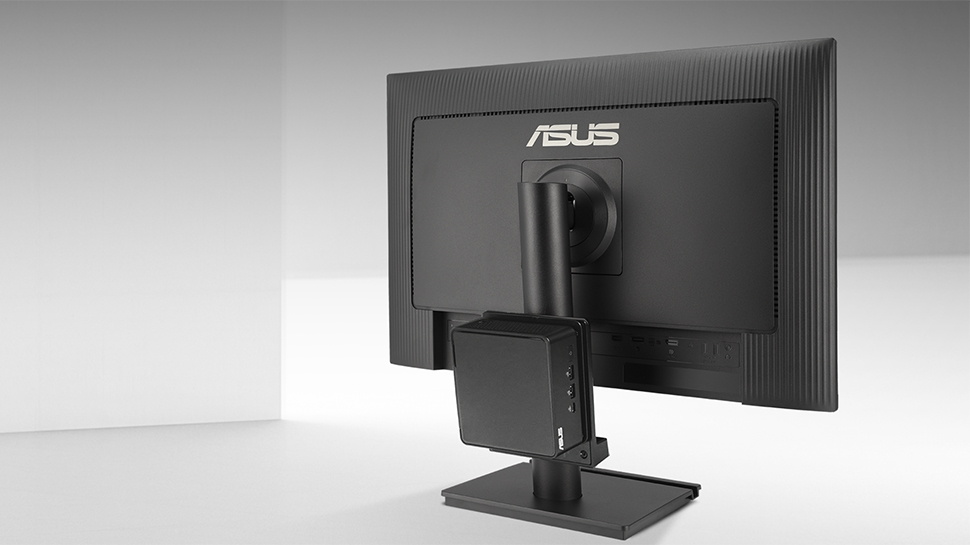- $250 GPU card is competitive with both the GeForce 4060 and the RX 7600 on numerous benchmarks
- However, both are set to be replaced by new models launching at CES 2025
- Driver updates from Intel will hopefully drive the performance of the B580 even further
Over two years after its first discrete GPU release, Intel has launched the Arc B580 “Battlemage,” marking its second generation of dedicated graphics cards.
The B580, which will mostly be sold through add-in-board (AIB) partners like Maxon, Sparkle, and ASRock, features Intel’s updated Xe2 architecture.
It offers efficiency improvements and second-generation Ray Tracing Units (RTUs) alongside enhanced XMX engines, Intel’s counterpart to Nvidia’s Tensor cores.
Unfortunate timing
Puget Systems recently put the $250 GPU card through its paces and found it competes effectively with Nvidia’s GeForce RTX 4060 and AMD’s Radeon RX 7600 across a range of benchmarks. With 12GB of VRAM, the B580 certainly stands out in the budget category, surpassing the RTX 4060’s 8GB at a lower price point.
This additional memory gives it an edge in workflows demanding higher VRAM capacity, such as GPU effects in Premiere Pro and Unreal Engine, but performance in creative applications delivered mixed, and surprising, results.
In graphics-heavy tasks like GPU effects for DaVinci Resolve, Adobe After Effects, and Unreal Engine, the B580 impressed, often matching or exceeding more expensive GPUs. Puget Systems noted the B580 matched the RTX 4060 across resolutions in Unreal Engine while benefiting from its superior VRAM capacity.
Unfortunately, inconsistencies in media acceleration held it back in other areas. In Premiere Pro, for example, Intel’s hardware acceleration for HEVC codecs lagged behind expectations, with Puget Systems observing slower results compared to software-based processing. These issues appear to be driver-related, something Intel is likely to address in upcoming updates.
Shortly after it launched in 2022, Puget Systems tested the Arc A750 (8GB and 16GB models) and came away disappointed. The B580 shows clear improvements over its predecessor, and Intel’s continued driver development will no doubt extend the performance of the B580 even further. Intel's release timing is unfortunate, however.
While the B580 is a strong contender in the entry-level segment right now, Nvidia and AMD are expected to reveal replacements for the GeForce 4060 and the RX 7600 at CES 2025, and those new models are likely to diminish the appeal, and competitiveness, of Intel's new GPU significantly.
You might also like
from Latest from TechRadar US in News,opinion https://ift.tt/6WrITmd
